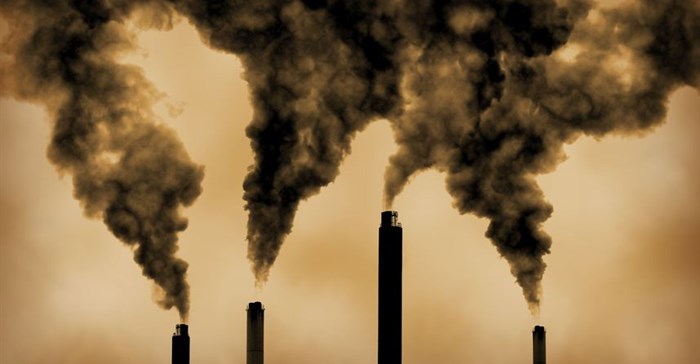In November 2015, the draft Carbon Tax Bill was published by National Treasury, setting out the framework within which carbon tax would be levied on greenhouse gas emissions (GHG).
This year’s budget stated that “given the economic outlook, the carbon tax has been designed to ensure that its overall impact will be revenue neutral up to 2020…”. Although Treasury has not issued a revised version of the draft bill, it is very possible that the carbon tax will come into effect at the beginning of 2017.
What does it meant?
Carbon tax will be levied on emissions resulting from:
- the combustion of fossil fuels;
- fugitive emissions in respect of commodities, fuel or technology; and
- industrial processes and product use.
Carbon offset allowance
Companies that are liable for carbon tax can apply for relief in the form of a carbon offset allowance of either 5% or 10% depending on their sector.
The draft regulations set out the requirements to qualify for the allowance and the documentation that have to be submitted to the South African Revenue Service (SARS).
Rationale and purpose
Carbon offsets incentives aim to reduce, avoid or sequester emissions and allows a firm to access GHG mitigation options at a lower cost than investment in its current operations. The carbon offset system also aims to incentivise sectors or activities that are not directly covered by the carbon tax or are benefiting from other government incentives, especially transport, agriculture, forestry and other land use (AFOLU) and waste.
Qualifying for a carbon offset allowance
Carbon offsets can only be generated by an approved project, which is defined as a clean development mechanism (CDM), a verified carbon standard (VCS), a gold standard (GS) project or a project that complies with another standard approved by the minister of energy. The first three are existing accepted international carbon offset standards, each with their own associated institutional and market infrastructure. During the initial stage of the carbon offset scheme, the programme will rely primarily on these existing standards.
In addition the regulations allow for any CER of an approved project on or after 1 January 2017, if that project is wholly undertaken in South Africa or if it is not subject to the carbon tax.
The offsets can still apply to projects that started before this date, provided the credits are transferred from an international registry (CDM, GS or VCS) to the South African registry within 12 months. Projects in development that will be registered before the start date of the tax, and credits issued after the carbon tax comes into effect will have to be transferred to the South African registry within six months of being issued.
Projects benefitting from other government inducements, such as the energy efficiency savings tax Incentive, will not be eligible for the carbon offset allowance or activities falling under the renewable energy independent power producers procurement programme.
How long can a carbon offset be used?
In the long term, projects will be reviewed to make sure the baseline assumptions are still valid. For example, a CDM or GS project may be used for a non-renewable 10-year period or for a seven-year period, which can be renewed twice (totalling 21 years). The same crediting periods apply to any project. In the case of a VCS project, all non-AFOLU projects will have a 10-year crediting period which may be renewed twice and all other AFOLU projects may be credited for a minimum period of 20 years and a maximum period of 100 years, which may be renewed four times.
Any project approved under another standard will have a crediting period specified by the minister of energy or a delegated authority.
How to claim a carbon offset allowance
The regulations merely states that to utilise an offset as a carbon tax allowance, an entity must register with the administrator, in this case the Designated National Authority (DNA) in the Department of Energy will fulfil the role of administrator. The transfer of carbon credits and generation of carbon-offset certificates will take place as follows:
- Once emissions reductions are verified, the project developer may request carbon credits, namely CERs under the CD, verified carbon units (VCUs) under the VS and GS credits under the GS.
- Upon approval of the project by the issuing bodies, the credits are deposited into the project developer’s account in the relevant registry (CDM, VCS or GS).
- For the credits to be used to offset a tax liability under the South African carbon tax scheme, they need to be cancelled in the international registry and then transferred to the South African registry.
- This will be a mirror system where one tonne CO2 is transferred as such into the South African registry. These carbon credits will have to meet the local eligibility criteria and then are registered in the South African registry only after the DNA has received confirmation that the same credits have been cancelled in the respective international registry. Offset developers or entities must obtain a carbon-offset certificate from the DNA.























